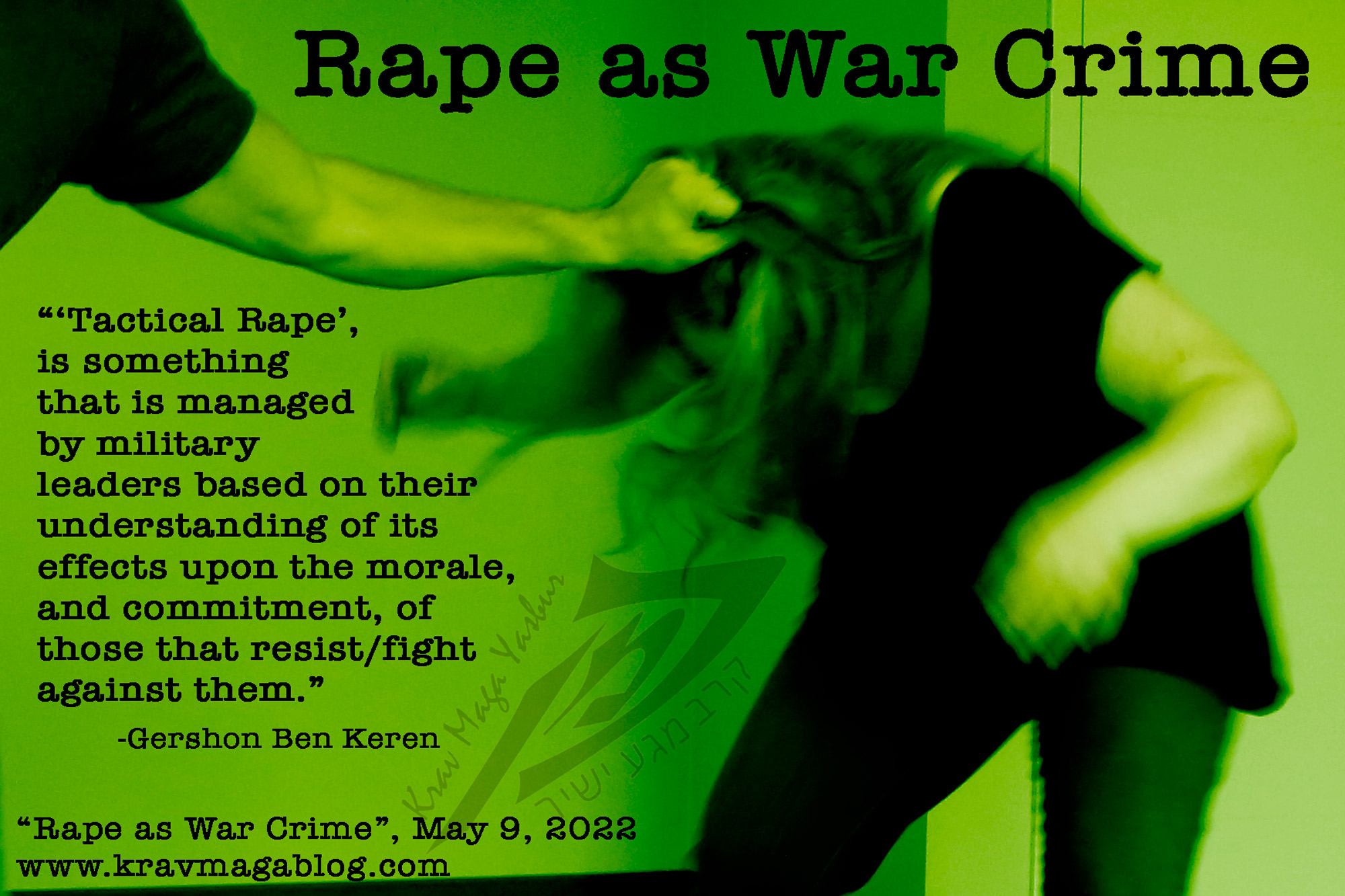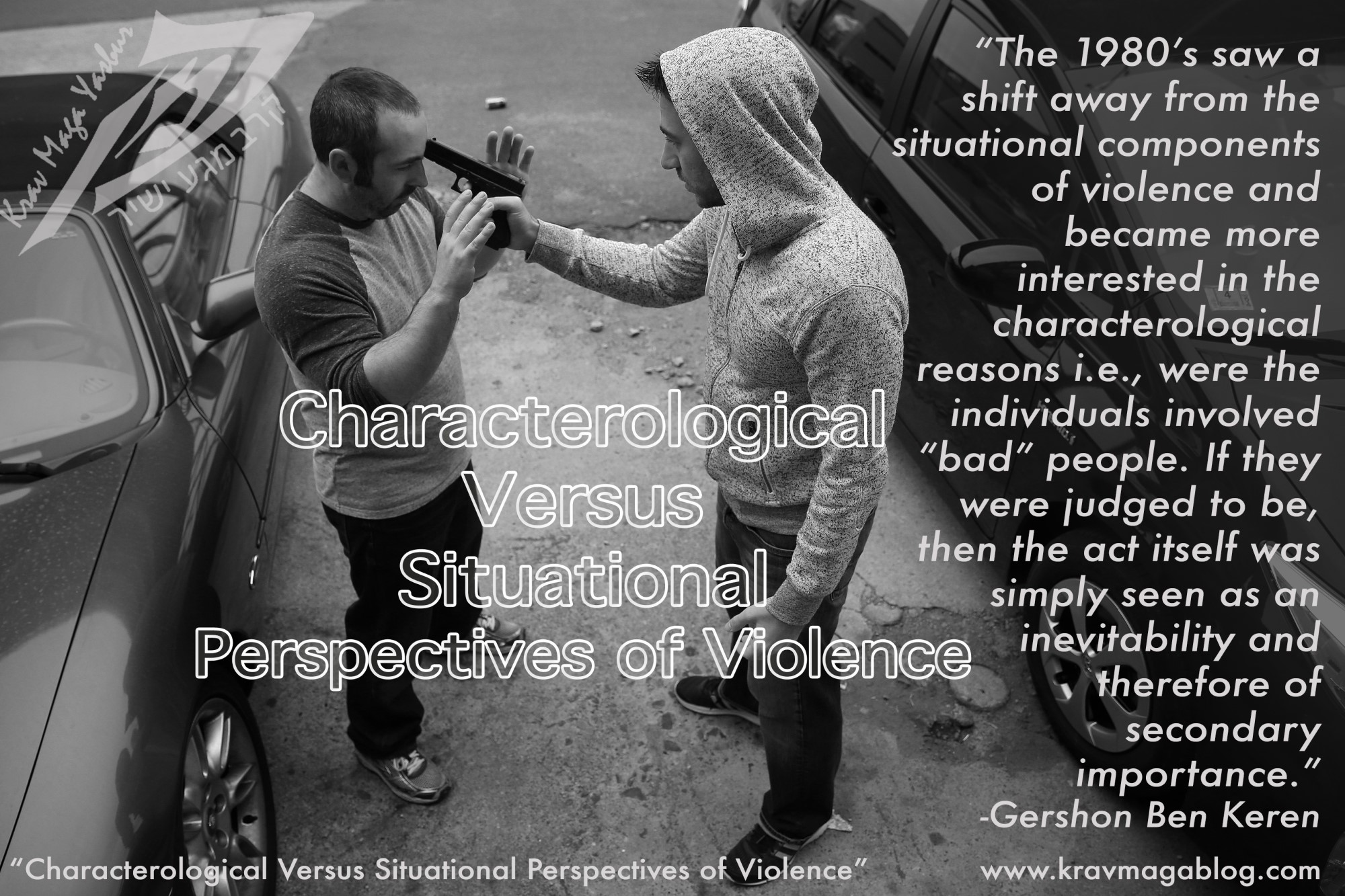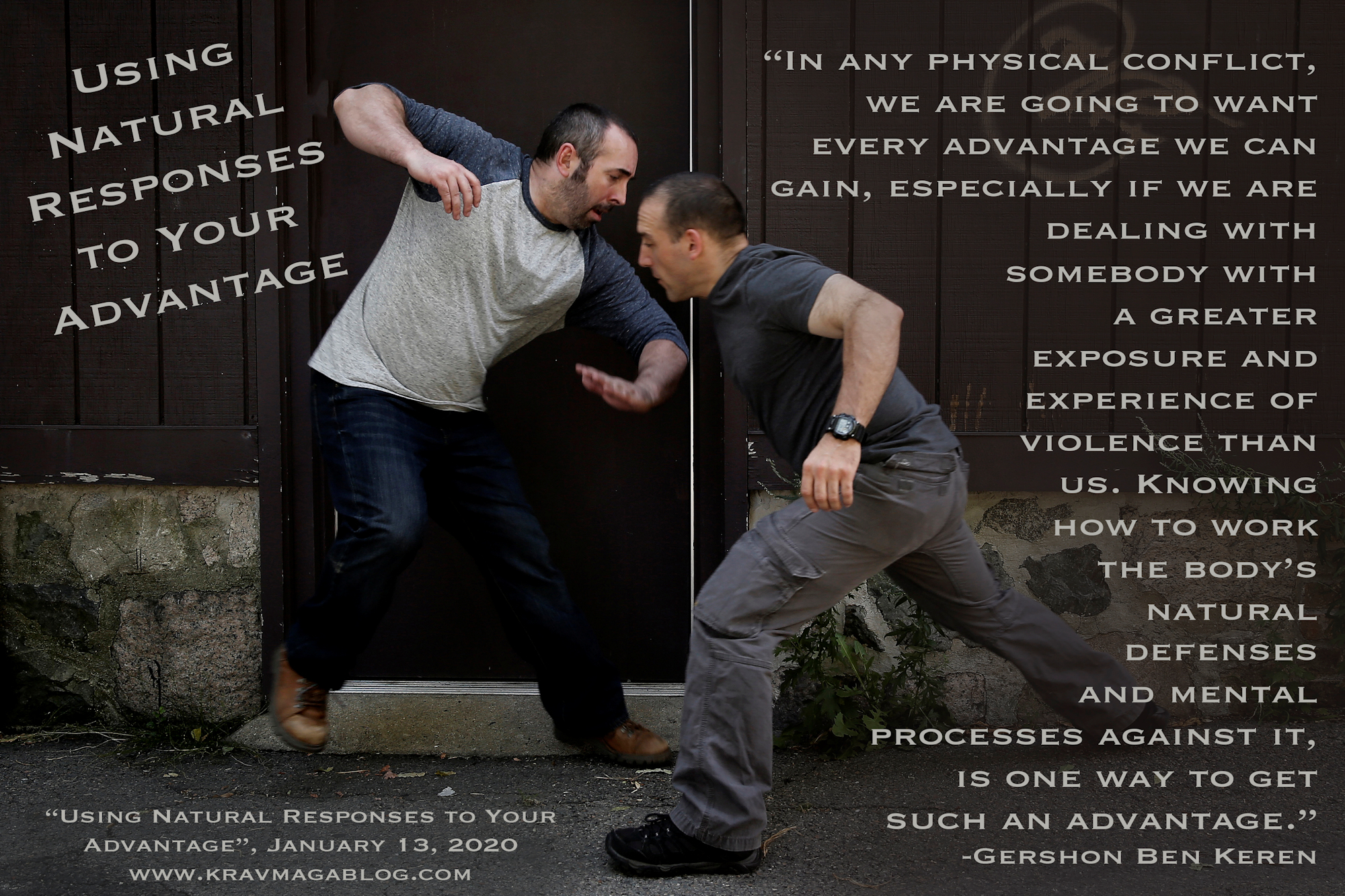Not Limiting Yourself By The Obvious, is an article written by Gershon Ben Keren, a 5th Degree Black Belt in Krav Maga, who teaches Krav Maga in Boston, MA. He has also authored three Amazon best-Selling Books on Krav Maga.
Sometimes we prevent ourselves from being effective because we are blinded by the obvious. Last week, I conducted a short seminar on offensive knife fighting, teaching a simple combative approach to using a knife – my belief is that if you are able to disarm someone of a weapon you should know how to use it/or at the least make it safe. If you decide, and are able, to take a knife away from someone, you should have some idea – even at just a basic level - about how to use it; a weapon in your hand which you are uncomfortable using, or don’t know how to use, is a hindrance rather than an enabler. A key decider in any conflict is decisiveness, and unfamiliarity with a technique or a weapon will cause hesitation rather than action.
It is easy to look on a knife, as simply comprising of a blade which you can cut and stab with, and whilst this is the primary strength of such a weapon, it is not limited to these actions – there is also, the hilt and the handle which can be used to inflict, pain, damage and control upon an assailant; the butt of the handle can be used as a solid, impact weapon, to deliver concussive force to an attacker – however if we only see the knife as a cutting, slashing and stabbing tool, we become blinded by the obvious strengths of the weapon and miss out on the other ways it can be used. In reality based conflicts the knife is a close range tool/weapon, but in very close ranges the length of the blade may actually become a hindrance, and the weapon may be more effective if forceful strikes, with the base of the handle are made, which can set up cuts and stabs (the primary manner in which a knife should be used).
Here is a clip from the seminar demonstrating its use in this way: click here to view
It would be easy to dismiss the effectiveness of using the knife in such a manner, however if you study the evolution of trench knives, during the first world war, where combat in confined spaces was a prevalent feature, you will see that simple knives, started to have hand guards, and “knuckle dusters” fitted/added to them, so that the knife wasn’t restricted to being just a cutting tool, but modified and enhanced in order to be an effective impact weapon as well – it may be quicker to incapacitate an assailant with concussive force, than by stabbing/cutting them. Necessity is the mother of invention, and in close combat, a weapon needs to take on all the forms, in which it can to be used – a knife can’t just be an edged weapon, it needs to be an impact tool as well; the same goes for side-arms – there are situations where a pistol or revolver is better used as an impact weapon than a ballistic one. Unfortunately, if you only train your firearm in one dimension, you may fail to develop the creativity that is needed to employ it in others e.g. if you only practices shooting with your sidearm, that is the only way that you will use it (you will become like the early UFC fighters who never believed they’d be taken to ground, and so need to know how to fight in this different dimension).
If you only ever use a knife as an edged weapon, or a gun as a firearm, you will not view what you have in your hand as a tool that can possibly be utilized in other more effective ways. It is sometimes worth looking back at history, and seeing the ways different fighting implements were developed and evolved, and seeing whether the situations they were employed in are relevant to the ones we are likely to face. If combatants in the trenches, realized the need to evolve their edged weapons to be able to be used as impact weapons as well, when engaging in close combat, we should maybe take a look at their experiences/situations and judge if they are relevant to us; the most effective way to use a knife in a trench probably corresponds very well to the way a knife should be used when you are in similar confined spaces, such as bathroom stalls or pushed up against a wall etc. Using the butt of the knife, starts to become effective, as does using a firearm as an impact weapon etc.
Rather than limiting your thinking to the obvious, you should think and consider the complete properties of what you have in your hand, and not limit your thinking to its obvious use. Look back in history, and see how others, changed a weapons obvious and natural use, so as to make it effective in real-life situations e.g. the trench knife with its adapted guard so it could be used as an impact weapon, was born out of necessity. We can learn from such experiences. Adapt and open up your thinking beyond the contexts in which you train, so you can envisage multiple ways in which you can use the various techniques you train in.
0 COMMENTS














